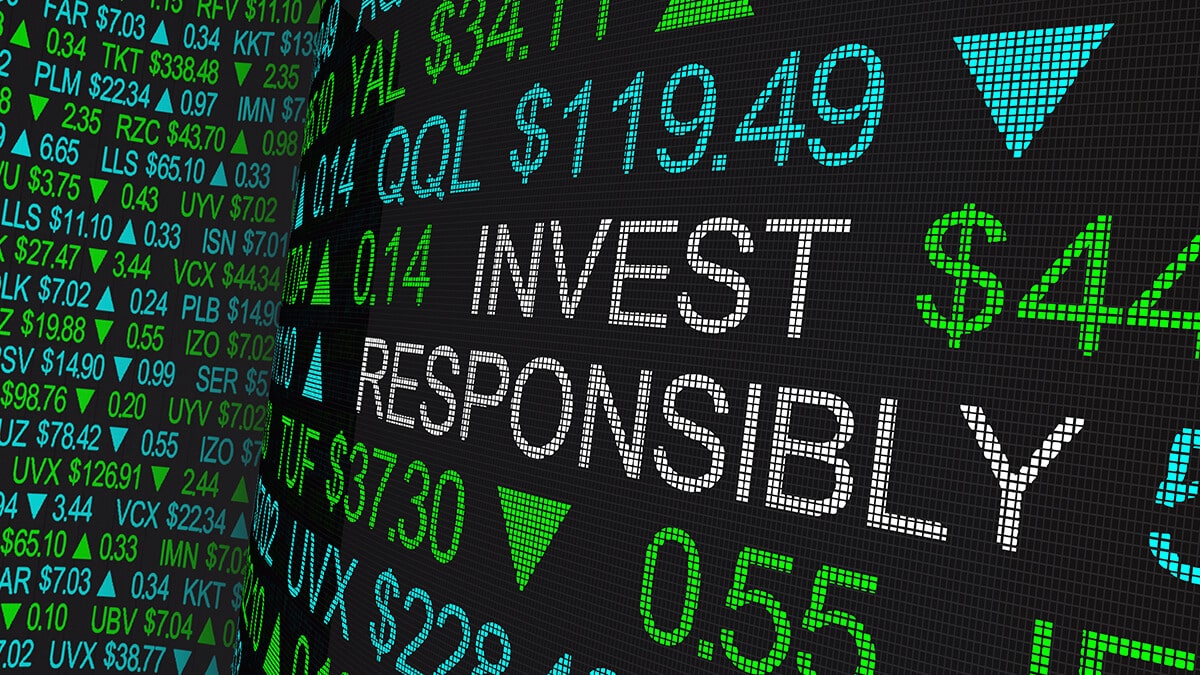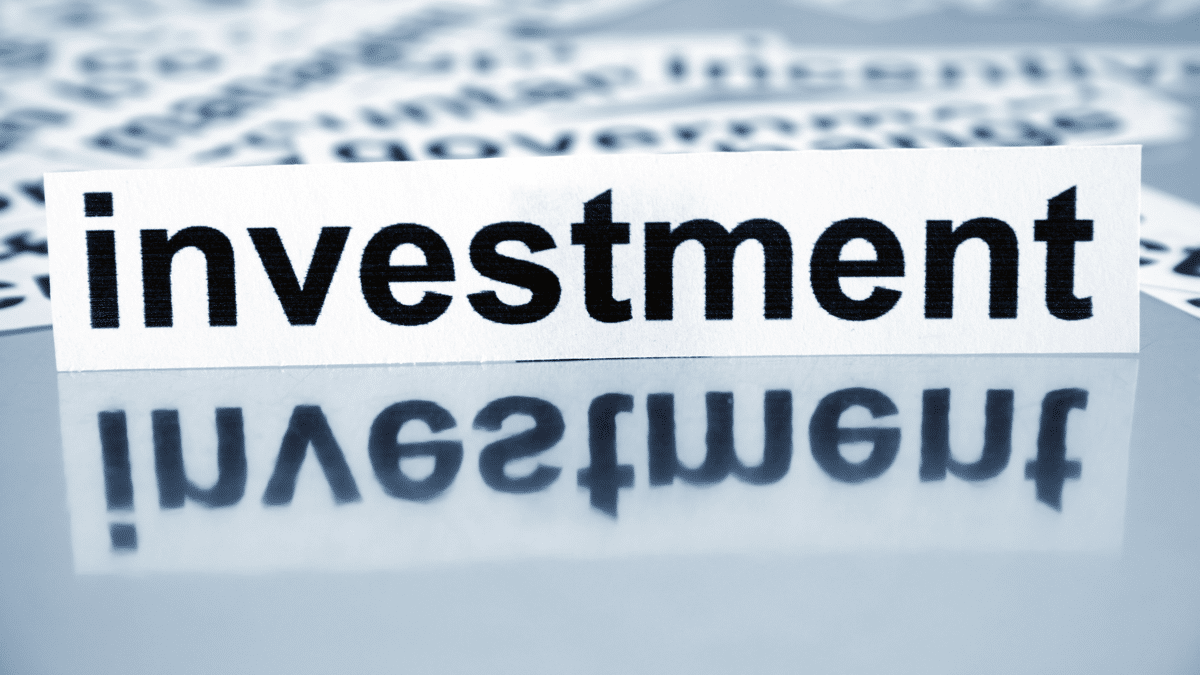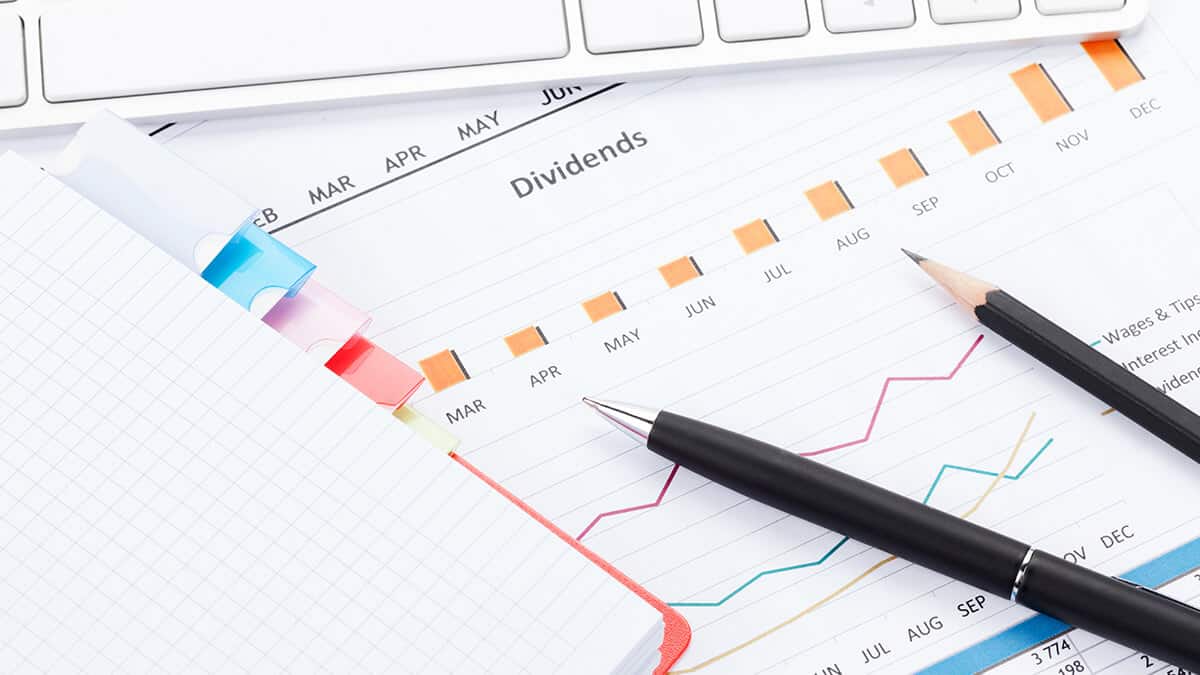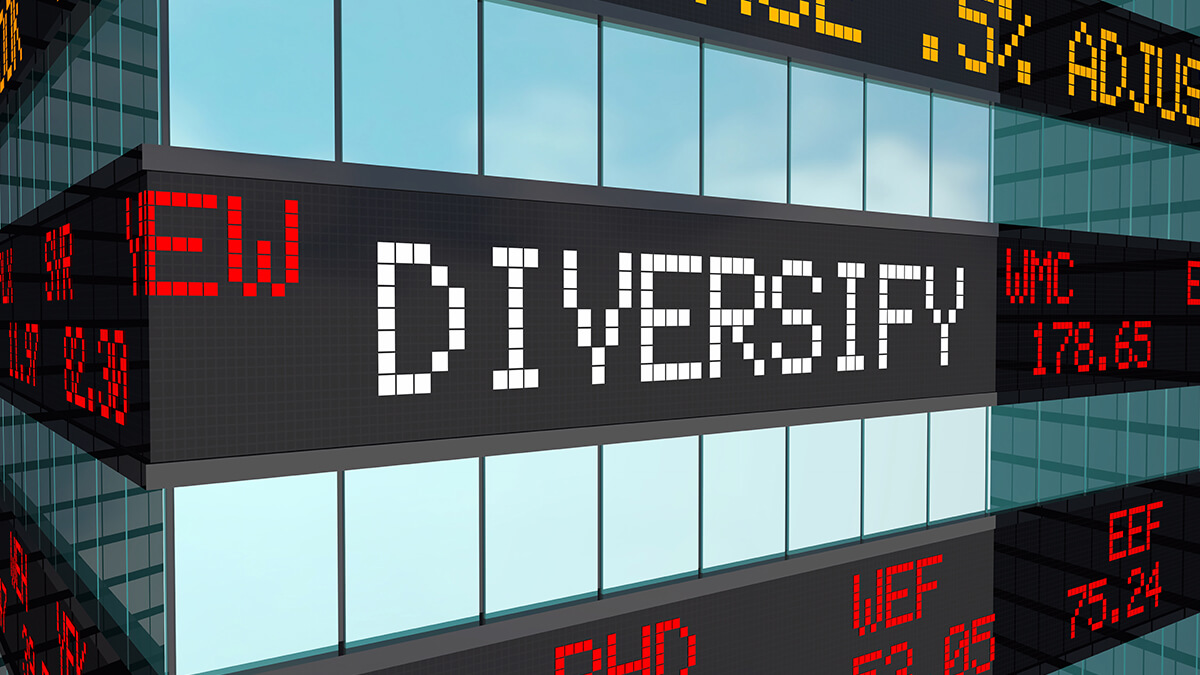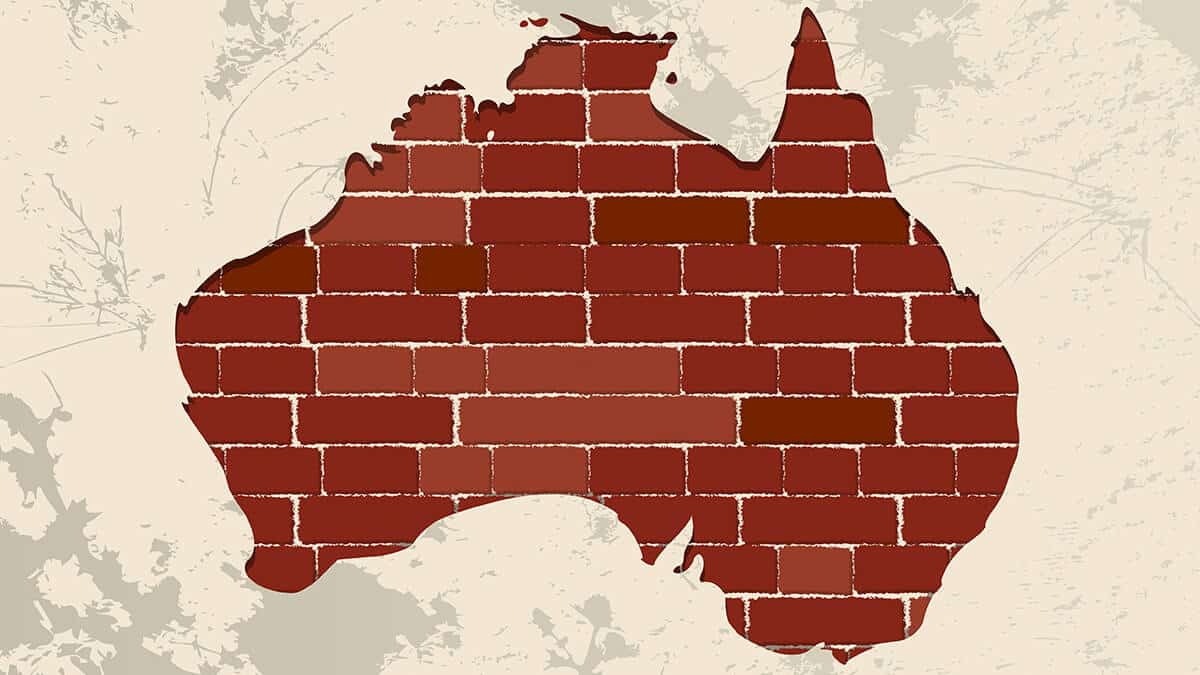In this guide
The increasing frequency and severity of extreme weather events locally and globally has made climate change all too real for many Australians.
So it’s no wonder a growing number of self-managed superannuation fund (SMSF) trustees are thinking about the impact their investments may have on the environment and society on the one hand, and the impact of climate change on their investments on the other.
According to the ASX Australian Investor Study 2023, 21% of SMSF investors bought or sold environmental, social and governance (ESG) investments in the previous year based on environmental issues.
Yet ethical/ESG factors were way down the list of top considerations for SMSFs when making investment decisions. Potential returns and risks, personal circumstances, diversification, professional advice received and fees were all more highly rated, although these issues and ethical/ESG investing are not mutually exclusive.
As there are various approaches you can take to investing with ESG in mind, it can be useful to develop a framework that offers some consistency about the approach you take.
Good to know
Taking account of environmental or social factors in your investment decisions doesn’t mean you have to sacrifice returns.
The Responsible Investment Association Australasia’s (RIAA) 2023 Responsible Investment Benchmark Report shows responsible investment (RI) products performed on par or better than their benchmarks over the medium and long term. In 2022, RI products underperformed over one year only but bounced back in early 2023.
What’s in a name?
The terms ESG, ethical, responsible and sustainable investing are often used interchangeably. While there is some crossover as well as differences between them, the important thing is to look at the underlying investment approach taken by a fund, company or investment product and whether it is true to label.
The RIAA outlines seven approaches:
- ESG integration – Explicitly includes ESG risks and opportunities into financial analysis and investment decisions based on a systemic process and appropriate research.
- Exclusionary/negative screening – Excludes certain sectors, companies, countries or issuers based on harmful activities or misaligned values. Typical exclusions are fossil fuels, tobacco and nuclear weapons.
- Positive/best-in-class screening – Targets companies or industries assessed to have better ESG performance relative to benchmarks or peers.
- Norms-based screening – Excludes companies and issuers that do not meet minimum standards of business practice based on international norms and conventions such as the Paris agreement and UN Principles of Responsible Investment.
- Corporate engagement and shareholder action – Executing shareholder rights to signal desired corporate behaviours, including proxy voting guided by ESG guidelines.
- Sustainability-themed investing – Targets themes such as sustainable agriculture, water, green property and renewables.
- Impact investing – Investing to achieve positive social and environmental impacts, with measuring and reporting to demonstrate investor intention and underlying asset contribution.
Once you understand the approach being taken you make more informed investment selections and monitor outcomes.
Read more on how to make your super more socially aware.
5 steps to applying a framework to your SMSF
Here are some steps to follow if you wish to apply an ESG (or responsible or ethical) overlay to your investment decisions.




